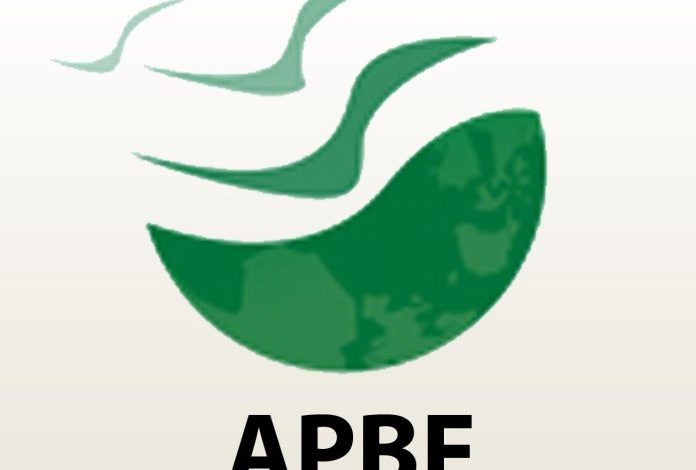Remittances growth to strengthen account balance amid low growth: APBF

LAHORE
As the remittances to Pakistan have hit a record high in in October The All Pakistan Business Forum has said that foreign flows are crucial which can support the country’s account balance amidst low volumes of foreign direct investment (FDI) and nominal growth of exports.
APBF President Syed Maaz Mahmood observed that the inflows of workers’ remittances sent home by overseas Pakistanis remained robust, reaching a four-month high of over $3 billion in October 2024, with significant increases from the United Arab Emirates (UAE) and United Kingdom (UK).
This rise in remittances is expected to keep the current account near breakeven and help the rupee remain stable against the US dollar.
Quoting the data of State Bank of Pakistan (SBP), he said that the inward remittances surged by 24%, reaching $3.05 billion in October 2024 compared to $2.46 billion in the same month last year. October’s inflows also increased by 7% compared to $2.86 billion in September 2024.
Cumulatively, remittances rose by 35% to $11.85 billion in the first four months of the current fiscal year (2024-25), up from $8.79 billion during the same period last year.
Finance Minister and SBP governor project over 12% growth in remittances, which could hit a record high of $34 billion for the full fiscal year 2024-25, up from $30.25 billion in FY24.
APBF Chairman Ibrahim Qureshi noted that a 31% increase in inflows from the UAE seems linked to the government’s clampdown on illegal hawala-hundi networks. Meanwhile, a remarkable 30% rise in remittances from the UK is attributed to improved labour market conditions and economic recovery in the region.
Ibrahim Qureshi explained that more non-resident Pakistanis are now using formal channels like banks and exchange companies to send remittances home, leading to sustained growth in these inflows.
This shift was further motivated by the government’s collaboration with the SBP and law enforcement agencies to dismantle illegal currency markets and curb smuggling of the US dollar to neighbouring countries over the past year.
Syed Maaz Mahmood said that recent incentives by the central bank for banks and exchange companies to attract higher remittances have also significantly boosted inflows. He pointed out that a substantial number of Pakistanis are going abroad for work, playing a vital role in the rising remittance inflows. Approximately 2.2 million Pakistanis have taken up jobs overseas in the last 33 months, raising the total number of expatriates to 13.8 million.
He projected that remittance inflows might continue to grow, spurred by monetary easing (interest rate cuts) and recovery in global economic activity. However, inflows could face challenges if the US implements proposed taxes on outward remittances, or if oil prices fall, impacting economies in the Gulf Cooperation Council (GCC) region where most Pakistani expatriates are employed.
Remittances from the UAE surged by 31%, reaching $621 million in October 2024 compared to $474 million in the same month last year. Non-resident Pakistanis in the UK sent 30% more remittances, totalling $429 million compared to $330 million a year earlier.
APBF President said that remittances are a major source of non-debt-creating inflows that Pakistan relies on to maintain its foreign exchange reserves. Pakistan has a looming deadline to repay a substantial amount of debt, much of which relies on debt rollovers.
He said that remittances can help not only in financing the deficit in import payments but also in foreign debt repayments, suggesting the government to focus on structural reforms, which can revive Pakistan’s economic growth with major focus on incentives for overseas Pakistanis workers.



